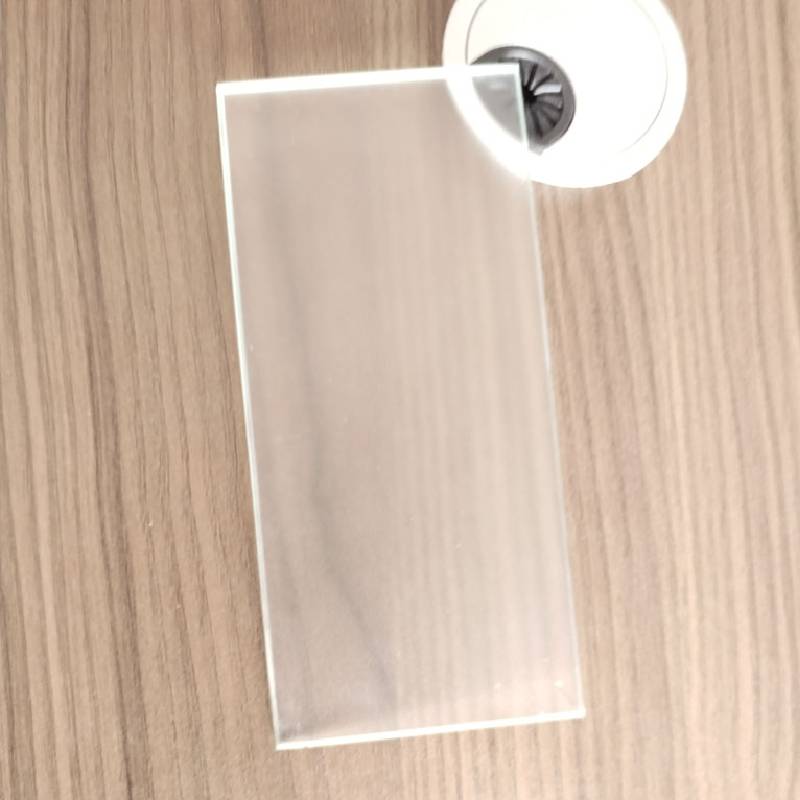נוב . 03, 2024 09:11
Understanding Clear Float Glass Definition, Production, and Applications
Clear float glass, often referred to as flat glass, is a fundamental product in the glass industry known for its clarity, smooth surface, and versatility
. To understand its significance, let’s explore its meaning, production process, and various applications.At its core, clear float glass is made by a process called “floating.” This method involves melting raw materials, primarily silica sand, soda ash, and limestone, in a furnace to create molten glass. The molten glass is then poured onto a bed of molten tin. Because glass is less dense than tin, it floats on the surface, spreading out evenly to form a flat sheet. This floating process yields a smooth, uniform thickness across the glass sheet and ensures that it is free of imperfections such as bubbles or distortions.
One of the most distinguishing characteristics of clear float glass is its exceptional optical clarity. Due to its manufacturing process, the glass has minimal impurities and refracts light naturally, making it ideal for applications where transparency is paramount. The clarity of float glass is often measured in terms of visible light transmittance, making it a preferred choice for windows, doors, and facades in both residential and commercial buildings.
The thickness of clear float glass can vary, typically ranging from 2mm to 19mm, catering to different structural needs and aesthetic preferences. Thinner sheets are often used for residential windows or interior glass solutions, while thicker variants are chosen for commercial applications which require enhanced strength and durability.

One of the most common applications of clear float glass is in the construction industry. It is widely used in windows, skylights, and curtain walls, allowing natural light to flood indoor spaces while providing a seamless connection between the inside and outside environment. In addition, the construction sector appreciates clear float glass for its energy efficiency potential. When combined with low-emissivity (Low-E) coatings, it can reflect solar heat during hot months and retain warmth in colder climates, contributing to energy savings and comfort.
The automotive industry also extensively utilizes clear float glass. It is used in windshields and side windows, where visibility is crucial. Manufacturers often treat this glass to enhance its strength and resistance to impacts, ensuring safety for passengers and drivers.
Beyond architecture and automotive, clear float glass finds its way into everyday products such as mirrors, glass doors, and display cases. Its ease of processing allows for various treatments, including tempering and laminating, creating solutions that are not only aesthetically pleasing but also safe and durable.
In conclusion, clear float glass is a vital material with extensive implications across various industries. Its definition speaks to its quality—clarity, uniformity, and versatility drive its demand and application. As technology advances, clear float glass continues to evolve, incorporating innovations that enhance its performance and broaden its applications in contemporary design and engineering.
The Role of Mirror Glass in Luxury Interior Design
NewsJun.23,2025
The Best Textured Glass for Bathroom Windows
NewsJun.23,2025
Residential Glazing Energy Efficiency Requirements
NewsJun.23,2025
Float Glass Uses
NewsJun.23,2025
Clear Float Glass For Solar Panel Covers
NewsJun.23,2025
Benefits Of Using A Glass Mouse Pad Over Traditional Ones
NewsJun.23,2025